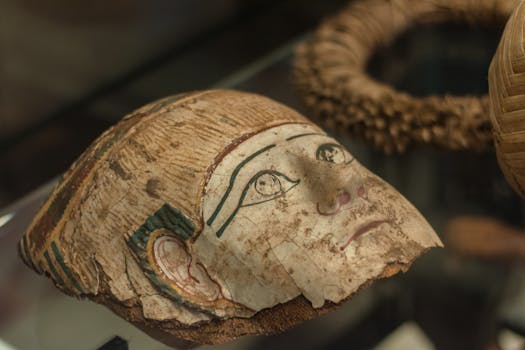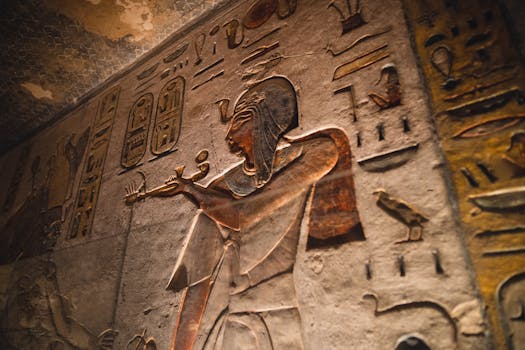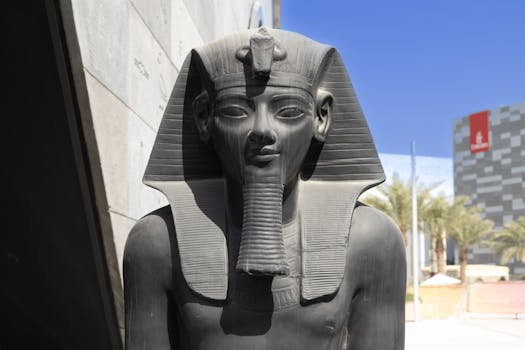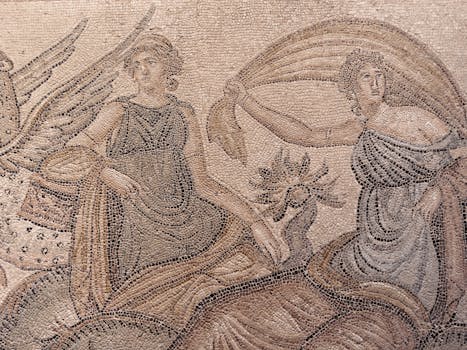
Unearthing the Past: Exploring Historical Artifacts from Ancient Civilizations
Takeaways: Historical artifacts serve as invaluable resources that offer glimpses into ancient civilizations. From pottery and tools to monumental architecture, these artifacts help us understand the social, cultural, and technological advancements of our ancestors. By studying these remnants, we can appreciate the rich tapestry of human history and the interconnectedness of different cultures.
Throughout history, humans have created, utilized, and discarded countless objects. Many of these items, now referred to as artifacts, have survived the passage of time, allowing us to piece together the lives and societies of ancient civilizations. This blog post delves into the significance of historical artifacts, their roles in archaeological research, and the insights they provide into the past.
The Role of Artifacts in Understanding Ancient Civilizations

For example, tools made from stone or metal illustrate the technological capabilities of a culture. Pottery shards can indicate dietary practices and trade networks, while inscriptions provide insights into language, governance, and religious beliefs. Each artifact serves as a puzzle piece, helping historians and archaeologists reconstruct the broader picture of human history.
Notable Artifacts from Ancient Civilizations

- The Rosetta Stone: Discovered in 1799, this granodiorite stele features inscriptions in three scripts: Greek, Demotic, and hieroglyphic. It was key to deciphering Egyptian hieroglyphs and unlocking the secrets of ancient Egypt.
- The Terracotta Army: Unearthed in 1974 near Xi’an, China, this collection of life-sized sculptures represents the armies of Qin Shi Huang, the first Emperor of China. The army was buried with the emperor to protect him in the afterlife.
- The Mask of Tutankhamun: This iconic gold mask, found in the tomb of the Egyptian pharaoh Tutankhamun, is a symbol of ancient Egyptian civilization. It reflects the artistry and craftsmanship of the time.
- The Parthenon Marbles: A collection of classical Greek marble sculptures that adorned the Parthenon, these artifacts represent the height of ancient Greek art and architecture.
- Stonehenge: While not a traditional artifact, this prehistoric monument in England is a significant archaeological site. It raises questions about the purpose and construction methods of ancient peoples.
The Impact of Artifacts on Modern Understanding

In recent years, advancements in technology have further enhanced our ability to analyze artifacts. Techniques such as radiocarbon dating, 3D scanning, and DNA analysis allow researchers to extract more information than ever before. This can lead to new discoveries and a deeper understanding of how ancient civilizations interacted with their environments and each other.
Conclusion




